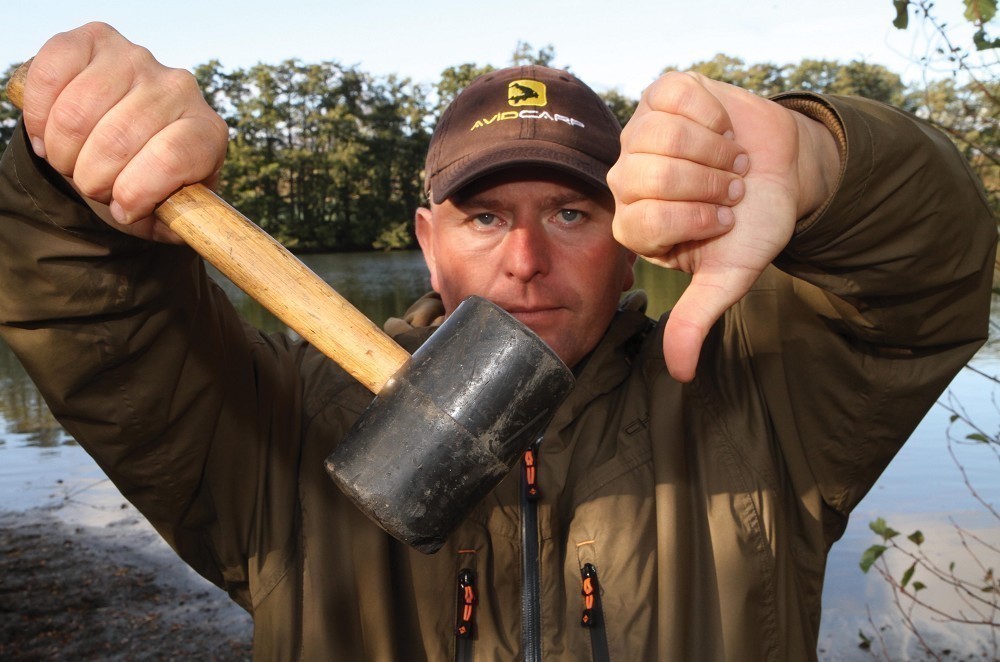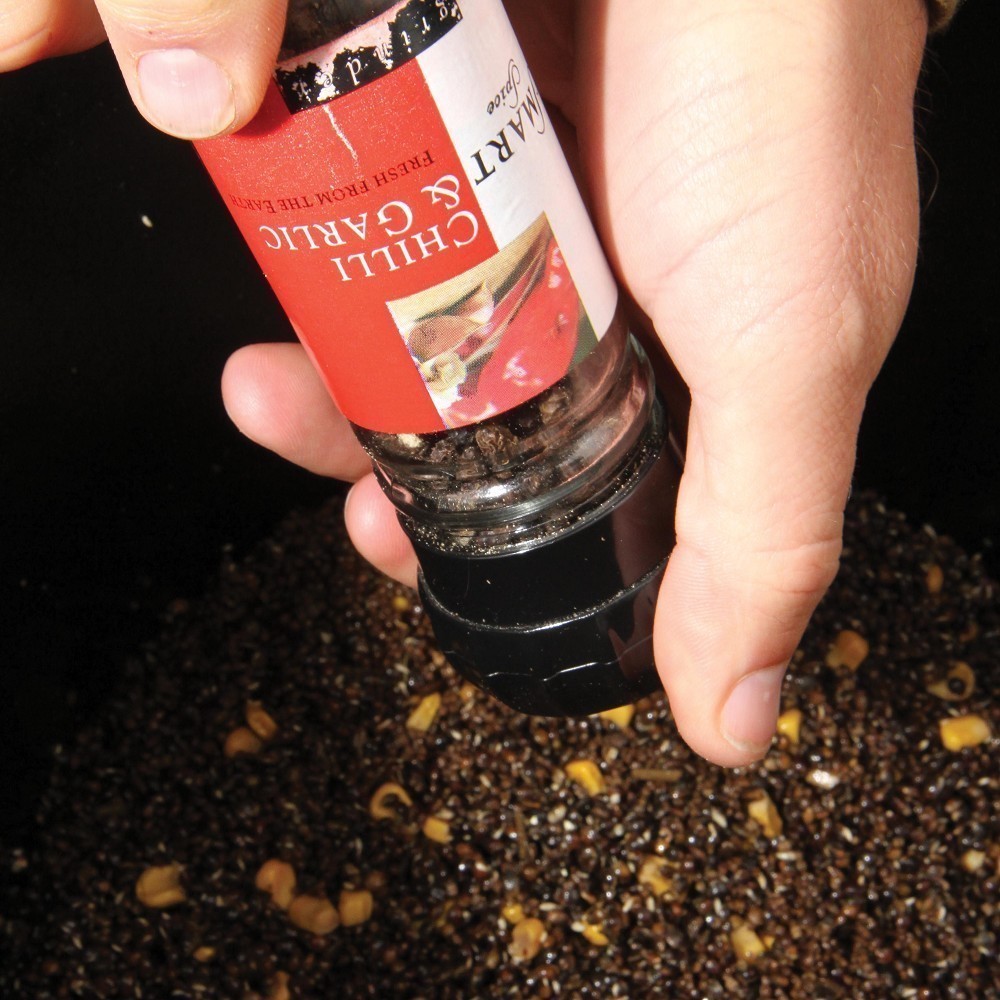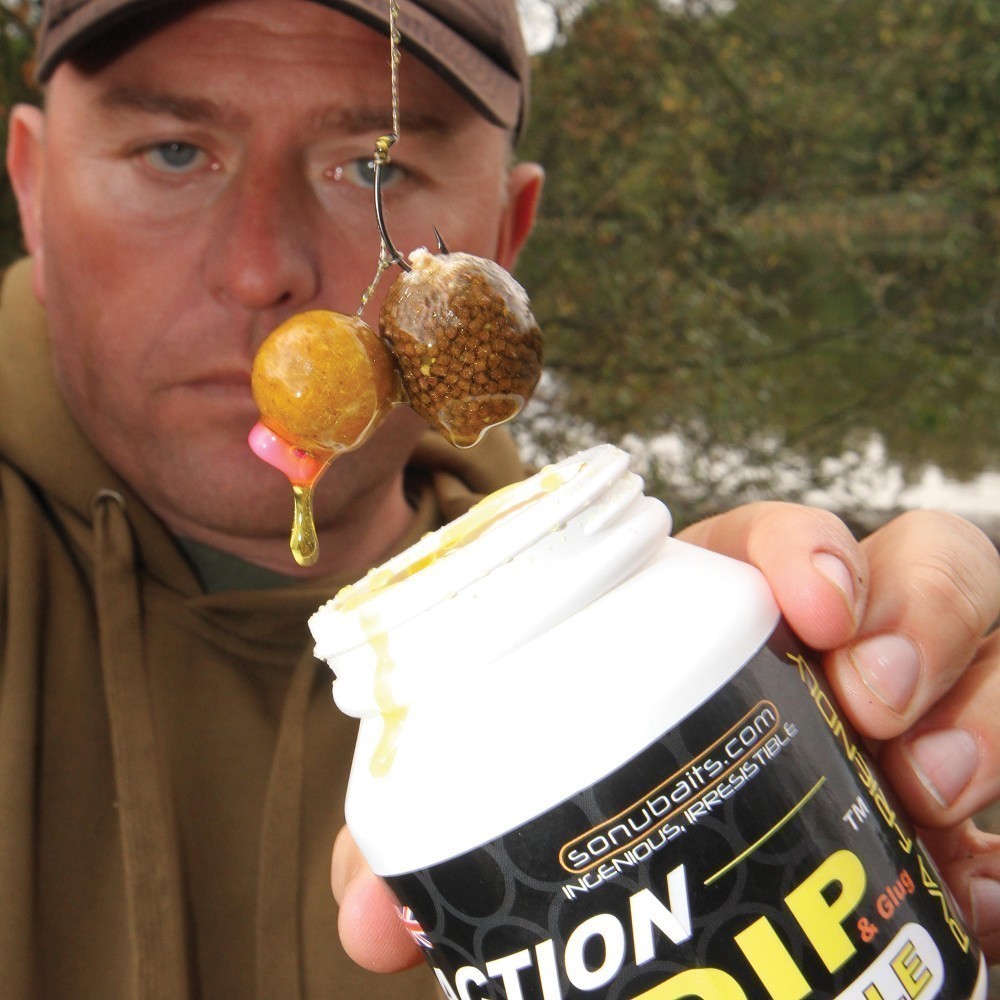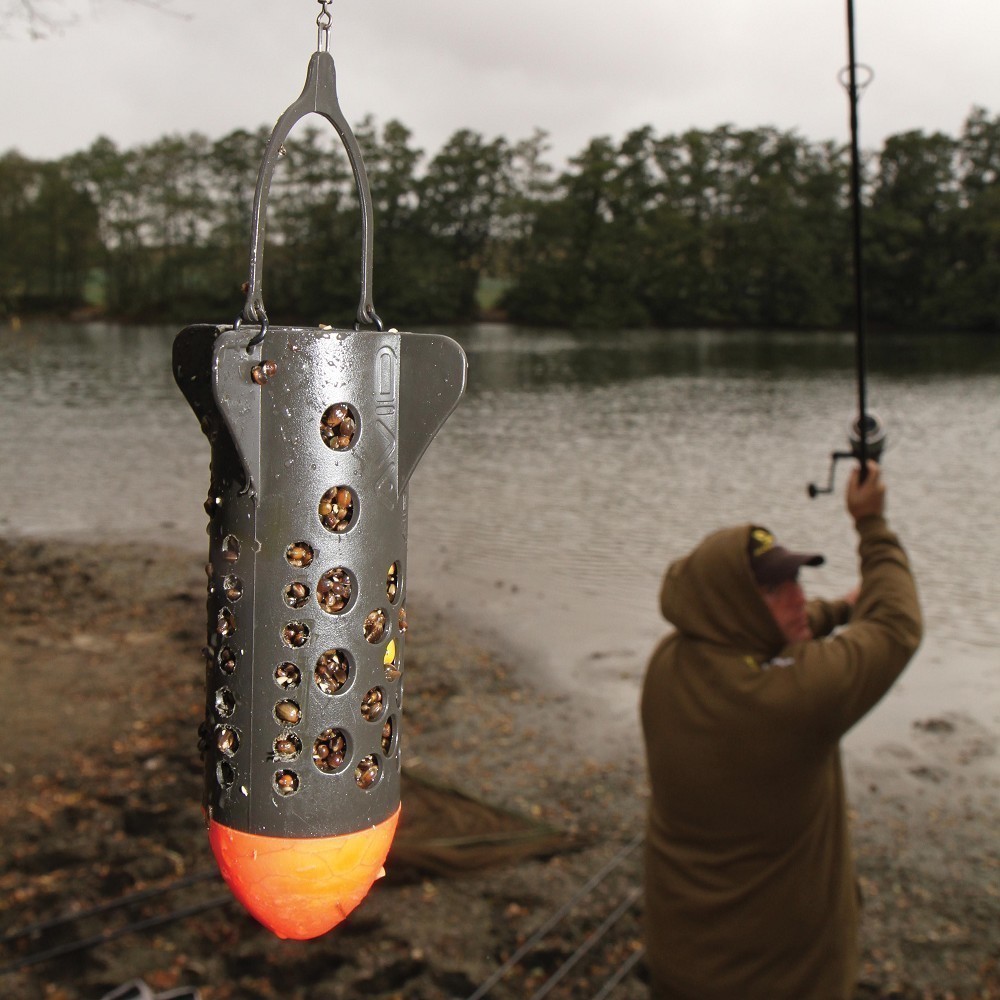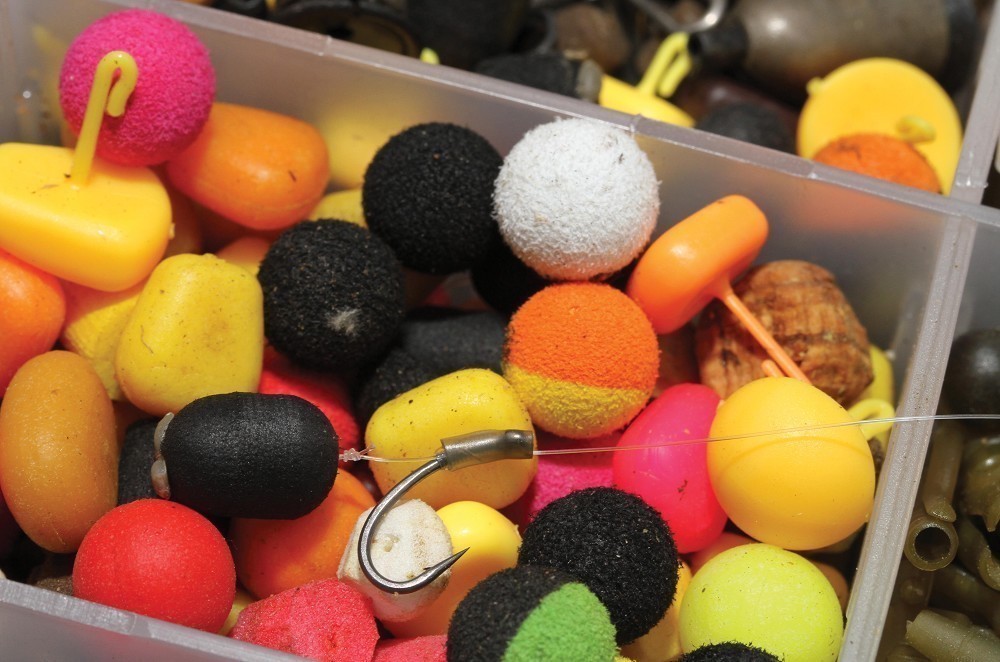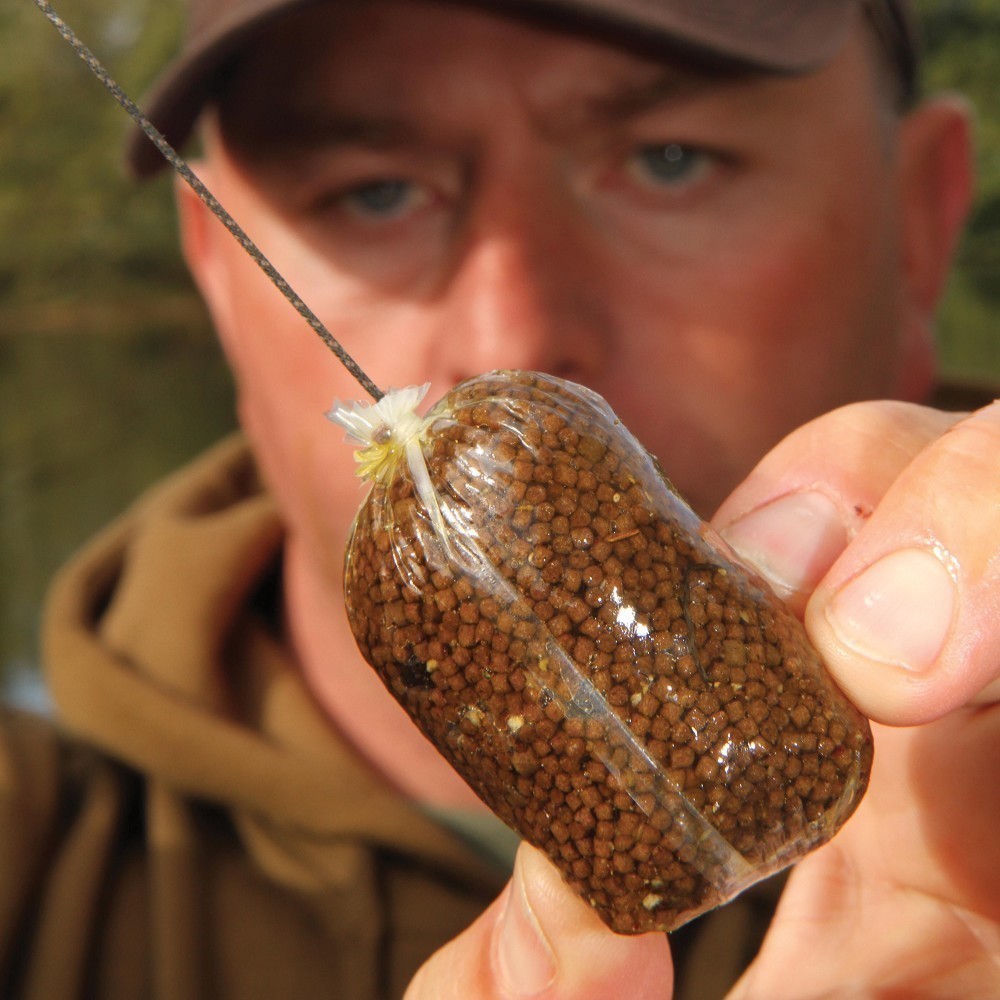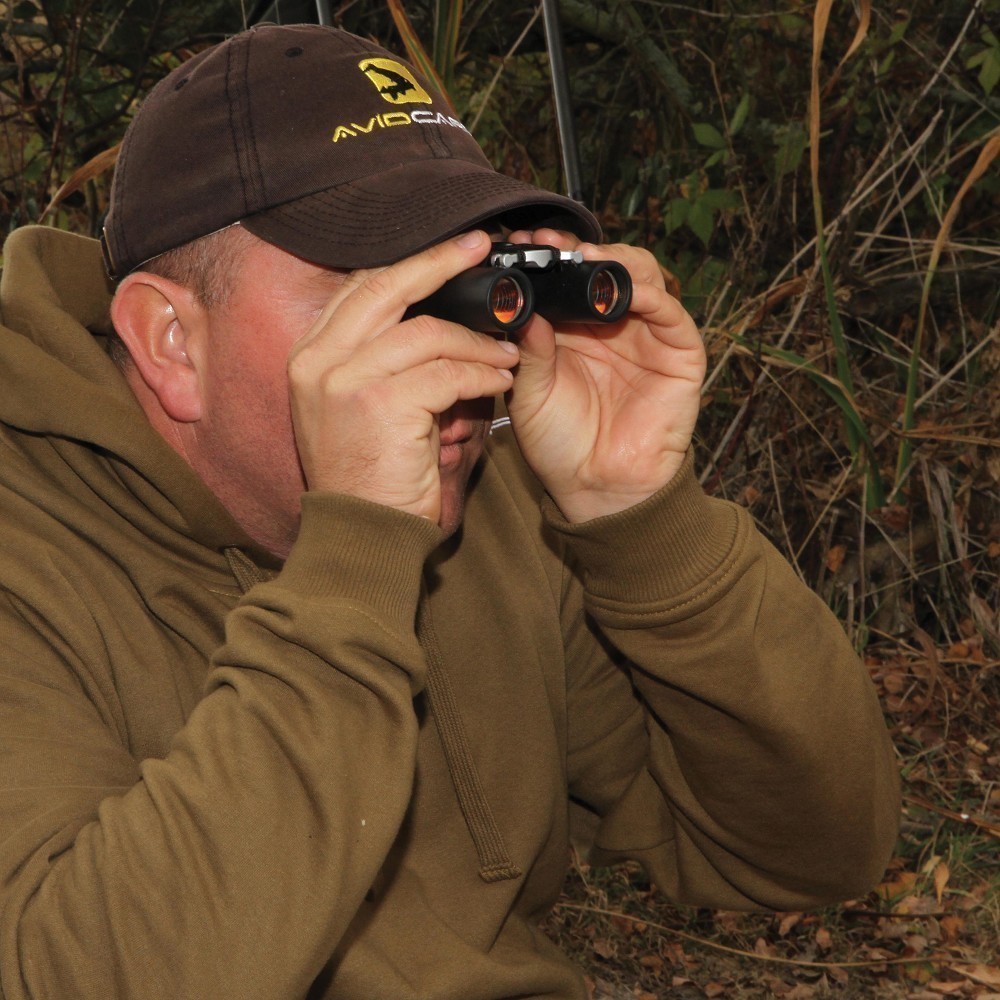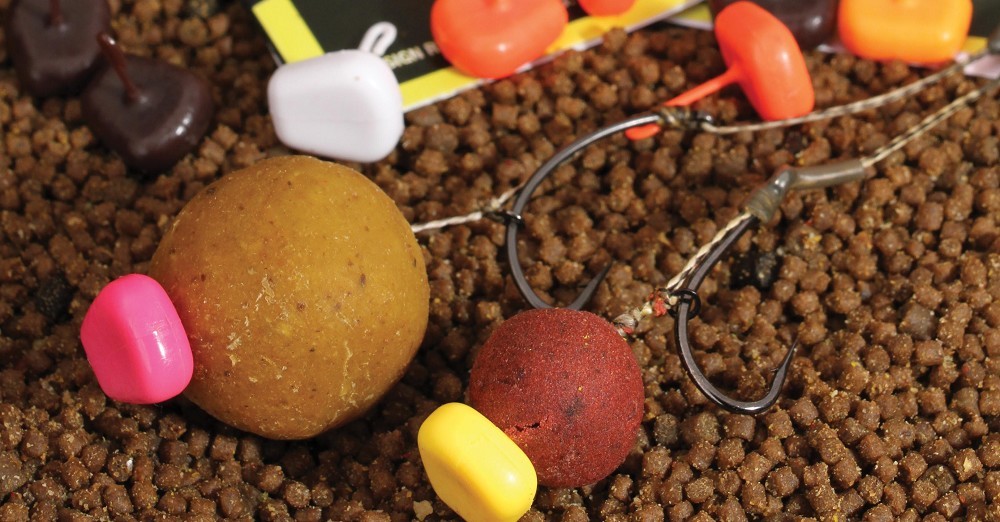
10 ways to keep your bobbins moving this winter
Chris Lowe reveals his top ten day ticket edges to save a session
1. Colour
When the carp are feeding with gusto, they’ll eat pretty much any hookbait you chuck in front of them. Unfortunately, we’re not always that lucky and, more often than not, we’re usually scratching around to nick a bite. If you’re blanking and there are fish in front of you, try changing the colour of your hookbait. It may seem irrelevant but I’ve lost count of the amount of times that a change in colour has resulted in an almost instant take. I’ve tried a whole host of colours but you can’t go wrong with yellow, pink or white.
2. Be quiet
Nowadays, most day ticket waters receive angling pressure on a daily basis. As a result, the lake’s residents are getting more wary and a lot harder to catch. On pressured venues, if there’s a lot of disturbance on the bank, the carp will not hang around for long. I cringe when I see anglers hammering their banksticks and pegs into the ground. The noise travels through the ground and I’m certain that the carp hear the racket. As soon as you start hammering your pegs into the ground or shouting to your mate in the next swim, every carp in front of you will quickly vacate the area. Pressured carp are cautious creatures and it doesn’t take long for them to realise that you’re fishing for them. If you’re quiet, your catch rate will certainly improve.
3. Boost your bait
On pressured venues, the carp see a whole host of different baits on a regular basis. Therefore, I feel that it’s important to make your bait stand out from everybody else’s. When I’m fishing day ticket venues, I use a lot of particles like hemp, corn and tiger nuts. But, before I spod any bait into the swim, I like to give it an extra boost. You can be as imaginative as you like, but I’ve found that a healthy sprinkling of rock salt and pepper usually does the trick. Alternatively, you could have a look around the spice section at your local supermarket. It’s full of attractive ingredients and, more importantly, they are often very cheap.
4. Dip your bags
If there are fish showing in front of you at the start of the session, there’s no need to introduce any bait. Start by casting small PVA bags onto the areas where they are crashing or showing. I’ve done extremely well dipping my bags in the attractive PVA-friendly liquids produced by Sonubaits. As the bag dissolves on the bottom, it will release a stream of attraction that will draw the carp towards your hookbait. I’ve caught well recently using pineapple and white chocolate liquids.
5. Accuracy
If you’ve found a nice area with your marker rod, make sure that you mark your lines using marker elastic. If you get a bite from the area, there’s a good chance that there will be more fish feeding on the spod. So, you need to be able to get your rod back on the spot accurately, even in the middle of the night. Just make sure that you pick a far-bank marker so you know exactly where to cast. Anglers who fish accurately catch more carp. Fact!
6. Spod little and often
I see lots of anglers turn up at lakes and fill it in with bait from the off. This can work at certain times of the year, when the carp are feeding heavily, but it can sometimes ruin your chance of a bite. It’s much better to introduce your spod mix on a little-and-often basis. Try introducing ten spodfulls of bait every hour or so. This will keep the swim active, introduce regular attraction and nobody else does it. Remember, you can’t take out the bait once you’ve put it in. So, start with a few spodfulls then increase the amount of bait depending how many fish you catch.
7. Zig Rigs
Many anglers seem obsessed with fishing on the bottom when, in reality, lots of carp spend a vast amount of time off the bottom. Carp often frequent the upper layer and, at certain times of the year, they can be found just a few inches under the surface. So, if you’re struggling on the bottom, why don’t you give a Zig Rig a try? There are a whole host of buoyant materials that make great hookbaits but Avid Carps ZIGLITES take some beating.
8. Whack a solid bag at range
If a lake is heavily pressured, there’s a good chance that the fish will move into the middle, in a bid to avoid the constant barrage of crashing leads and spods. So, whacking a rig into the middle of the lake, or at range, can often nick a bite. I tend to use solid bags because I can cast them miles and they present a parcel of food around my hookbait. Plus, pressured carp really find it difficult to deal with the super short rigs.
9. Watch the water
It gets written about time and time again but people just don’t do it enough. Carp are incredibly active and will often reveal their whereabouts, especially on heavily-stocked venues. The most obvious signs of carp are when they roll or crash. If you’re struggling to nick a bite, try casting a hookbait straight towards the disturbance. Even a couple of bubbles or fizzing can reveal the whereabouts of feeding carp, so don’t neglect the signs. If there’s one carp in the area, there’s a good chance that there will be more with it. If you haven’t got any binoculars, go and get yourself some. They are a cracking tool for locating feeding carp.
10. Pin it down
On pressured venues there tend to be lots of lines cutting through the water. Carp will associate the lines with danger, so avoid using bowstring tight lines and make sure that you sink your main line. If you’re fishing for cagey carp, it’s well worth using fluorocarbon leaders to ensure that your line is hugging the bottom. Alternatively, you can attach backleads to your main line.





